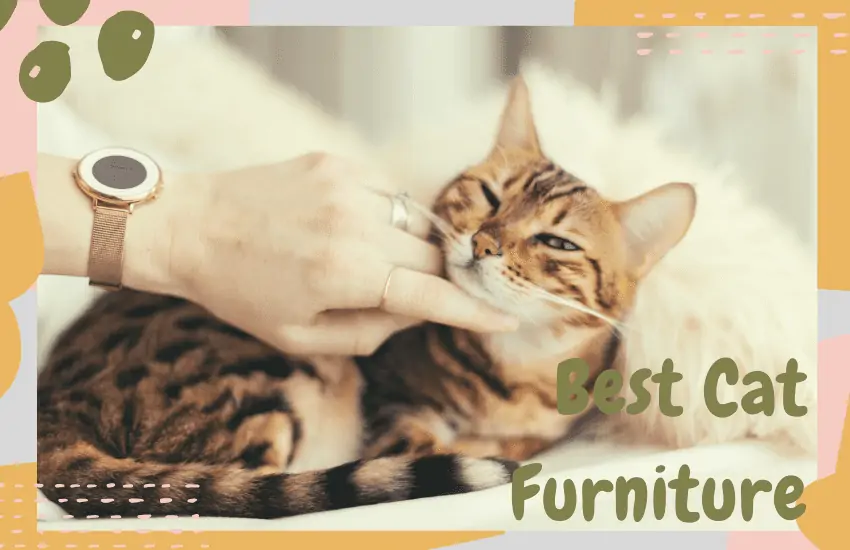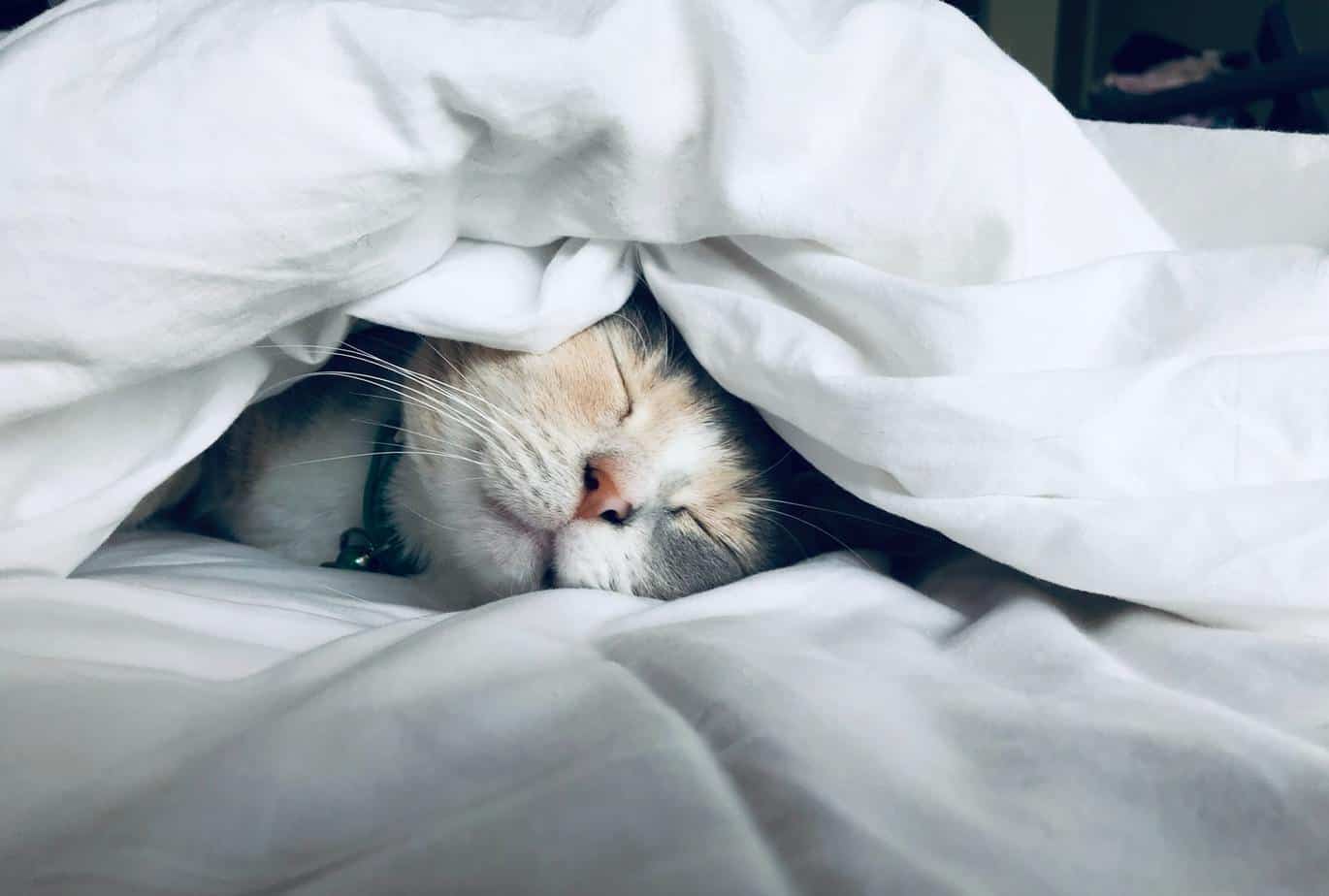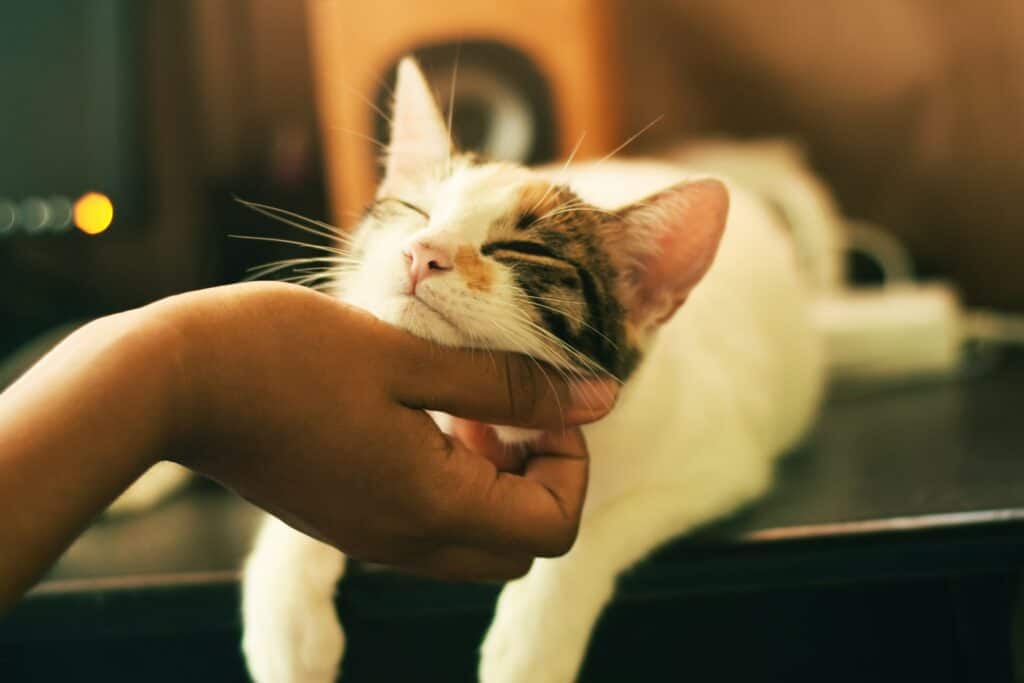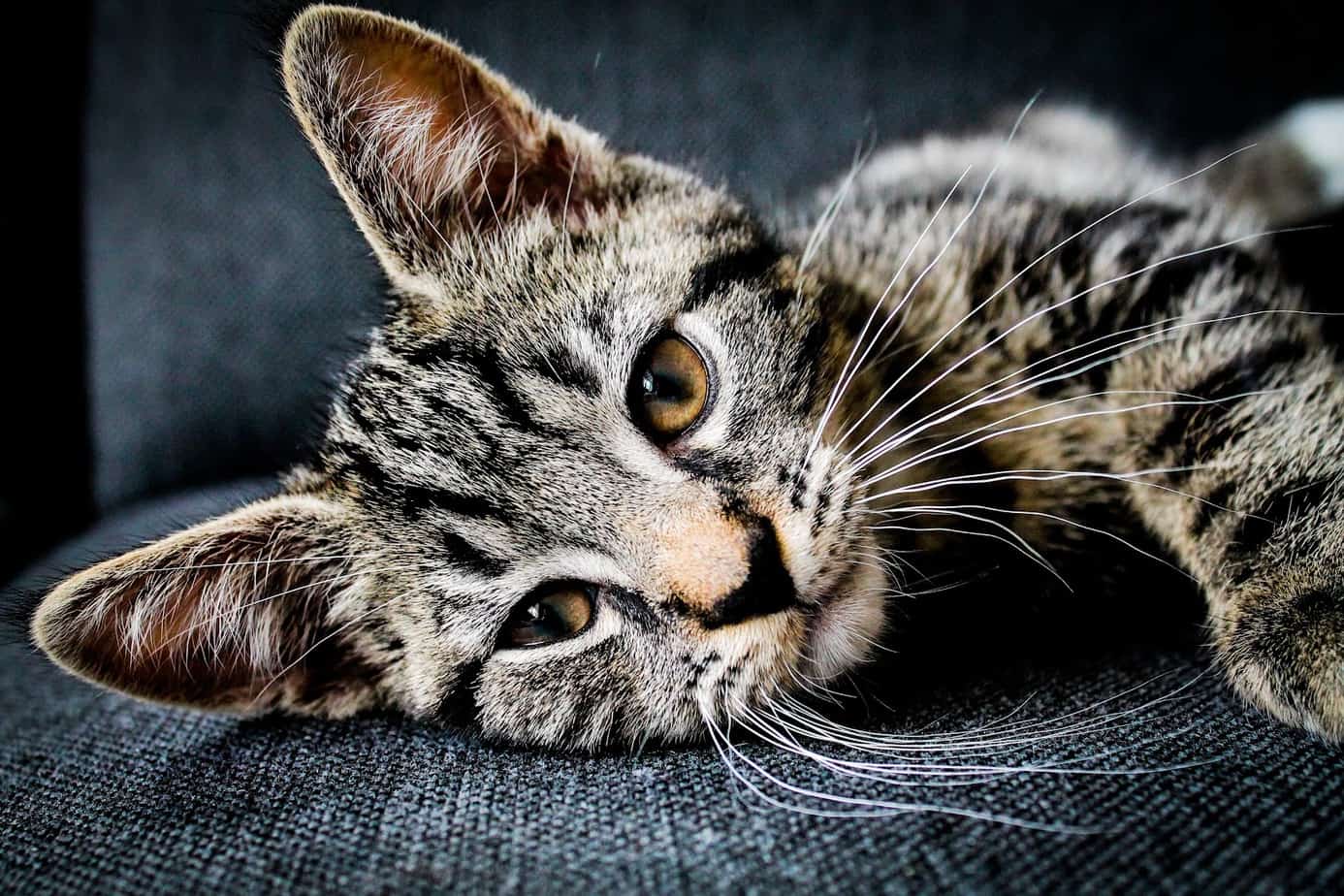
Everyone has heard about auto insurance. Health insurance is dominating national and political headlines and has for many years. But did you know that you can get insurance for your cat too?
Americans love their pets–but are skimping on insurance:
Sixty-eight percent or about eighty-five million American households reported having at least one pet in the past year. Of those, dogs and cats are by far the most popular pets, with over 60 million households reporting owning one dog or more, and over forty-one million owning a cat.
But when it comes to cat insurance or pet insurance in general, most of us are behind. To be fair, pet insurance itself is a fairly new market. It was started in Sweden during the 1980s and gradually made its way to the United States. A little over two million pets, cats and dogs combined, are insured in the United States, which sounds like a large number until you consider that is a tiny fraction of the total pet population in the United States.
But there are signs that that’s starting to change.
Table of Contents
What is Pet Insurance? And Why Would I Want it for my Cat?

Pet insurance, while in some ways still emerging, is considered one of the growing fields in the insurance industry. Generally, it is easier to think of pet insurance like health insurance for your cat. As with humans, pet insurance is supposed to help you pay for costs related to your cat’s care and overall health.
Of course, exactly how pet insurance works vary from different providers and plans, but most plans have these characteristics in common:
- A deductible amount, which covers a major incident per year
- Reimbursement level
- Monthly Coverage
- The treatment allowed through licensed vets
Like health insurance for humans, pet insurance for your pet is meant to reduce costs and protect against potentially costly emergencies or surgeries. You’ll usually have a deductible, pay for monthly coverage, and be permitted to seek treatment from most vets. Of course, cat insurance does not cover all incidents, and you’ll need to investigate carefully and read between the fine lines.
Now that we have the basics covered, we’ll dive into the pros and cons of cat insurance, how to avoid traps, and how to find the best insurance possible for your pet.
One caveat: there is another type of pet insurance, for renters. Some apartments will require you to buy ‘insurance’, which is basically just an initial deposit and monthly fee against damages. Normally you won’t have an option to opt out. However, for our purposes, we are covering medical insurance for cats.
What Exactly Does Cat Insurance Cover?

Like health insurance, exactly what cat insurance covers will vary with your plan and your provider. However, the best cat insurance options will cover illnesses and accidents that can happen at any time. While no pet insurance covers pre-existing conditions, the best cat insurance will provide comprehensive coverage for most incidents, including:
- Illnesses
- Acute Injuries
- Cancers
- Other Accidents
- Emergency Care
Cat insurance plans are meant to help finance the incidentals, but can also cover long term ailments, such as cancers and genetic disorders. How fully these different conditions are covered varies, but having coverage, should your cat develop a serious condition or for some reason wind up in the emergency room could potentially save you from a hefty medical bill and help ensure your cat gets the treatment it needs.
How Expensive is Cat Insurance?
Cat insurance, however, does fall into two categories. While the above mentioned represents the best and most comprehensive coverage, cat insurance is also available at a lower price point. This kind of insurance only covers accidents, while the more comprehensive plan will cover illness, both long and short term.
The average cost of each, as published by Value Penguin, shows how substantially different each plan’s coverage is in terms of price point:
- Comprehensive Coverage runs an average of twenty-seven dollars per month
- Accident Only Coverage averages out at just under thirteen dollars a month.
While that may not seem like a huge difference in cost, over a year you’ll save about one hundred and seventy dollars over a year, at least on the base cost.
It also should be noted that cat insurance costs substantially less than dog insurance per year: while full coverage cat insurance runs about three hundred and twenty-four dollars a year, equitable dog insurance will cost you five hundred and forty dollars. So relatively speaking, cat coverage is far more affordable than dog insurance, but it still does cost a decent amount if you’re on a tighter budget.
Is Cat Insurance Worth the Cost?

Is any insurance worth the cost? There is no easy answer to this question and only you as a pet owner can decide what sort of insurance, if any, is best for you and your cat. If your cat never has a severe, long term illness or accident that lands them in the emergency room then obviously you’ll end better off without it.
The problem is, you simply don’t know if your cat will have an incident or major illness. If you can afford the cost of a major incident out of pocket, then you might not need to invest in insurance. If you feel like the cost of a major incident could potentially cause financial hardship, however, you might want to at least consider it.
In cats, the average cost of treatment for seizure is about two grand. The average cost of treatment for acute kidney failure, which is more common in cats than dogs, can cost an outstanding fifteen grand. While some pet owners whose cat develops such conditions may seek other options, seeking standard or full treatment can be excessively expensive out of pocket.
You can start off by researching what genetic disorders your cat may be predisposed to. That might give you an idea of what long term diseases or conditions he or she could potentially develop. However, of course, something can happen that it is impossible to predict.
In the end, your decision of whether or not to invest in cat insurance is more or less a risk and benefit balance. If you could see a severe illness or injury potentially causing financial hardship, certainly consider insurance. In terms of what kind of insurance, for many pet owners, the difference between a few hundred dollars and fuller coverage weighs in favor of full coverage. Still, if that is not doable for you, low-cost cat insurance with just accident coverage may be better than nothing.
What Should I Look for in a Cat Insurance Plan?

To find the best cat insurance plan possible there are some components you’ll want to take a deep look at. As long as you keep these factors in mind, you’ll be less likely to be swindled by less than optimal plans or promotions.
- Cost of Deductible: The cost of deductible determines how much you’ll be required to spend upfront as a copay initially. Once you spend a certain amount, then the rest should be covered through insurance. You’ll want to comparison shop and look for the lowest deductible possible. Still, a plan with a low deductible is not inherently the best cat insurance; a slightly higher deductible with other important coverage features will be more beneficial than one with a lower deductible with fewer benefits.
- Vet Visits: The best insurance should allow you to visit any licensed vet. Be wary of any cat insurance plans that will only permit you to seek treatment from a very small number of vets.
- Covers Common Conditions: You should ask, even if it seems like it does, if the insurance covers the most common cat ailments, including seizures and seizure disorders; urinary tract disorders and kidney disease; cancers and diabetes.
- Emergency Room Coverage: While it’s great to know that your cat insurance will cover long term care, it’s also important to see if the insurance will cover emergency room visits, and to what degree. Does it matter what vet emergency room you use?
- The cap of Coverage: This is especially important to pay attention to when you’re shopping for cat insurance. Is there a cap on costs that the insurance will cover? Caps may also vary depending on the nature of the illness or condition. Insurance could potentially claim, for instance, that the plan covers a serious condition like diabetes, yet only cover it to a certain extent and leave you responsible for the rest.
- How Claims are Processed: How are claims processed and how quickly do they go through? The last thing you want is a lingering claim that creates complications in billing and leaves you with a load of stress.
- A Free Quote: All cat insurance plans should be able to provide a cost estimate up front before you sign on to anything. You should get this quote in writing and have a copy of it. Do not accept any estimates verbally, over the phone. That quote may not be the exact final cost, but it should be very close.
- Age Limits and Dental: This certainly is not true of all cat insurance plans, but the best ones will have no limits on age and will also provide coverage for dental insurance. Dental health is exceptionally important for your cat’s well being and can help protect against many diseases.
- Exam Fees: Examination fees, while not always excessive, can certainly add up. See if the cat insurance you’re looking at covers such fees. Exam fees can range from under fifty dollars to a few hundred, depending on the circumstance. It’s a good idea to ask if these are covered in your plan.
- Reputation: Never sign up for cat insurance without doing some outside research of your own. Is insurance reputable? To avoid insurance scams in general, you should make sure you find information about the insurance outside of the site, including external reviews, accreditation, and potentially other listings. Comparison shopping is also a good rule of thumb. If you do want to sign up for a policy, make sure you get a copy of the policy and read the fine print to make sure there are no additional stipulations you may not be aware of. Finally, make sure there are ways to contact the insurance company and that they all stack up. Emails, physical addresses, and direct contact numbers should all lead to a real person and place. If not, avoid that insurance.
- Optional- Alternative Care: Alternative care is something that not all cat owners seek, so this may not matter to you, and certainly not all insurance plans cover it. When cat insurance does cover it, alternative care includes acupuncture, chiropractic care, and homeopathic treatments.
- Annual Fee: What is the cost of the annual fee, if anything? Are annual fees included with the quoted statement? Many insurance plans you’ll pay monthly, but you’ll also want to inquire about any additional annual fees. Also, asks about if costs can be raised every year and if there is a cap as to how much. While we may not get a clear answer, the best you can do is ask.
- Wellness Policies: In general, cat insurance does not cover every day check-up visits. It also does not usually cover thing such as regular vaccines. What some plans do offer is a wellness plan, which may cover such everyday costs as an additional cost or even stand-alone plans. Keep in mind that regular pet care and visits, while they can add up, are far less expensive than the typical incidences that insurance plans cover. It may not be entirely worth it to purchase a wellness plan unless you can stretch your budget. The main reason why most pet owners purchase cat insurance, instead, is to protect against financial hardship cost by long term illnesses and acute accidents.
- Neutering and Spaying: Even the best plans don’t typically cover these services, but they may at an additional cost. Inquire if you are interested in this type of coverage, though likely it won’t be a great advantage.
- Medications and Supplements: The best cat insurance policies should cover in part prescription medications, but may not do so completely. Supplements are often not included in even the best plans.
- Get a Vet’s Advice: Perhaps the very best thing you can do before investing in insurance for your cat is asking a professional. Your vet should be able to provide or refer you to recommendations for insurance that makes sense for your cat and his or her specific conditions and situation. They may also be able to steer you away from sham insurance plans if you’re especially worried about selecting the best plan possible.
Where Can I Start?

Aside from seeking advice and asking your vet, your search for cat insurance should begin with plans that fit you and your cat best. Then, take a look at a few cat insurance providers we’ve listed below. Each is ranked high by Consumers Advocate.
1. Healthy Paws
Healthy Paws pet insurance has a number of great features. The insurance has no caps on annual or lifetime premiums, allows you to use any licensed vet, and claims to process ninety-nine percent of claims within two business days.
Accidents, illnesses, emergency care, genetic disorders, and cancers are all included under coverage. In addition, you’ll get coverage for hospitalizations, medications, alternative therapy, and diagnostic treatment. It does not include examination fees, annual checkups, or preventative care.
2. Pet Plan
Pet Plan is another fairly comprehensive insurance provider for cats. There are no age limits for coverage, and the coverage includes some added features, such as dental services and alternative therapies like acupuncture, chiropractic care, homeopathic medicine, and even laser therapy.
The insurance specifically lists coverage for conditions such as neoplasia, diabetes, bladder stones, kidney disorders, GI disorders, periodontal disease, and hypothyroidism. There’s a virtual claim counter on their site. There is a short waiting period of coverage activation, but you can use this coverage for any licensed vet within both the United States and Canada.
3. Pet First
Pet First, run by Petfirst Healthcare LLC, starts at twenty-six dollars per month for cats and allows you to use for visits to any licensed vet in the United States. Claims are processed in two weeks or less and the process is relatively simple: you send an invoice for reimbursement.
The insurance covers common conditions such as arthritis, pancreatitis, diabetes, renal failure, liver disease, periodontal disease, anemia, heart disease, and obesity. You also can choose from three options: cost-conscious, recommended, and additional coverage. Pets of all ages are covered under these plans.
Continue reading:
